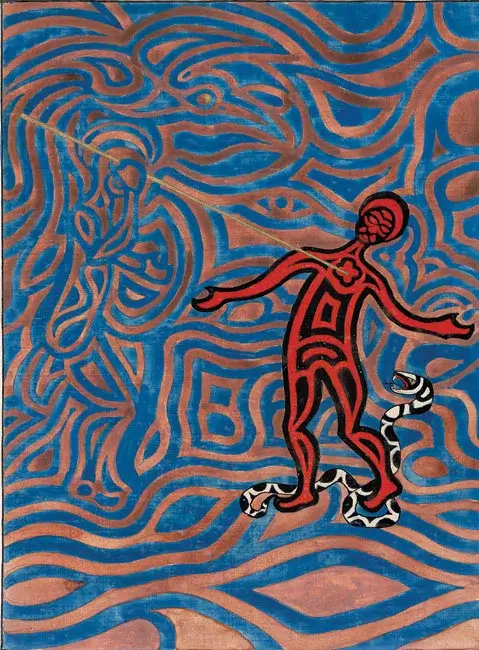HERMES TRISMEGISTUS
Hermes Trismegistus: The Thrice-Great Sage and His Teachings
Introduction
Hermes Trismegistus, translated as “Hermes the Thrice-Great,” is a legendary figure shrouded in mystery and reverence. Lying at the heart of Western esoteric tradition, he is deemed the founder of Hermeticism and has been venerated for centuries as a sage, prophet, and conduit of divine wisdom.
Historical Overview
The figure of Hermes Trismegistus is a synthesis of the Greek god Hermes and the Egyptian god Thoth. Both deities were associated with writing, magic, and wisdom, and their fusion resulted in Hermes Trismegistus, a figure of profound knowledge and magical abilities.
The timeline of Hermes Trismegistus is elusive. Some early Christian thinkers like Clement of Alexandria held that Hermes was a contemporary of Moses, while other accounts place him in various periods of antiquity. In many accounts, he is depicted as a prehistoric sage or a timeless figure not bound by the ordinary flow of history.

The Corpus Hermeticum
The most influential texts associated with Hermes Trismegistus are part of the Corpus Hermeticum, a collection of writings attributed to him. Composed in Greek between the first and third centuries AD, these treatises deal with divine, philosophical, and mystical themes.
In the Corpus Hermeticum, Hermes Trismegistus engages in dialogues discussing the nature of the universe, the divine, and the human soul. Key concepts explored in these texts include the microcosm-macrocosm principle (“As above, so below“), the immortality of the soul, and the idea of the universe as a living entity.
The Emerald Tablet
The Emerald Tablet, another significant text attributed to Hermes Trismegistus, is considered one of the pillars of Western alchemy. The concise, cryptic text is reputed to contain the secrets of the “philosopher’s stone” — a substance believed capable of turning base metals into gold and bestowing immortality.

The central tenet of the Emerald Tablet — “As above, so below” — encapsulates the Hermetic principle of correspondence, which posits that whatever happens on one level of reality (physical, emotional, or mental) also happens on every other level.
Influence on Western Thought
The figure of Hermes Trismegistus and his teachings have profoundly influenced Western thought. The Hermetic tradition played a crucial role in the Renaissance, when Hermetic texts were rediscovered and translated into Latin, sparking a cultural revival.
The Hermetic ideas about man’s divine potential influenced philosophers like Marsilio Ficino and Giovanni Pico della Mirandola, and they have continued to resonate through the ages in various occult movements, such as Rosicrucianism, Theosophy, and modern Western magic.
Despite being relegated to the peripheries of academic philosophy, the Hermetic tradition — with Hermes Trismegistus at its core — has continued to thrive in the realm of esoteric wisdom, providing seekers with a unique lens through which to perceive the relationship between the human, the divine, and the cosmos.
Conclusion
Hermes Trismegistus remains an enigmatic figure of ancient wisdom, embodying the fusion of Greek and Egyptian esoteric knowledge. His teachings, preserved in the Corpus Hermeticum and the Emerald Tablet, have traversed the span of history, influencing countless philosophical and esoteric traditions. He stands as a timeless symbol of man’s ceaseless pursuit of understanding the divine intricacies of the cosmos and the place of humanity within it.







